Tosh Berman's Blog, page 174
December 28, 2016
My Favorite Book Stores, Part One: ALIAS BOOKS EAST
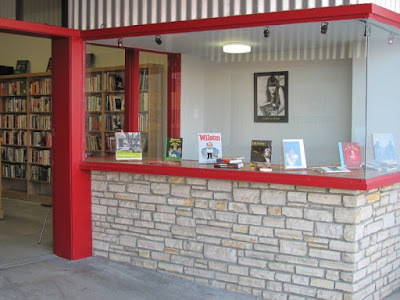
I love my collection of books. I often walk by my bookshelf and just marvel at my selection of fiction, poetry, music, and art from the 50s and 60s. My library represents an imagined bookstore from the 1960s. I often feel that I have the best collection of books than anyone else. I don’t have rare books, but just the right titles for the right moments in one’s life. Just like my book collection, I often go to Alias Books East in Atwater Village, because in a very real sense, it’s an extension of my personal collection. Although I don’t own the books in this specific store, it feels very much like home to me. In fact, it feels like a new bookstore in 1966.
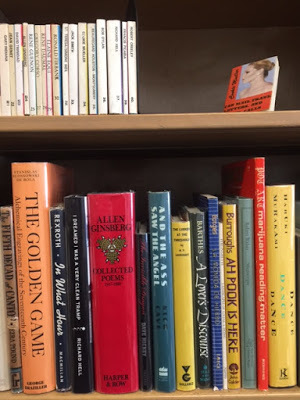
Alias Books East, has a mid-20th-century vibe to it. Some of it is due to the architecture, which I imagine being built sometime in the 1950s, with a beautiful old-fashioned window display space to show off books on their stands. Two rooms, tall ceilings, and very clean interior. There are used bookstores that look like a hoarder’s nest - and then there are those that have a ‘moderne’ aspect to their design and purpose. Alias Book East is very much like a very disciplined business from the Mad Man era, full of the right literature for the right people.
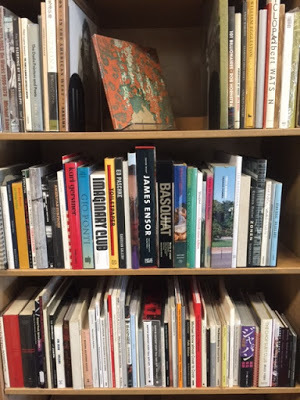
As mentioned, I have a large collection of books from the 1960s. It seemed to me that the best time for books on cinema came from that era. Film writing, which wasn’t considered literature, all of sudden, around 1966, became important series of texts about contemporary films of the time. Parker Tyler, Andrew Sarris, Pauline Kael, Peter Wollen, and at that point and time, translations of French Surrealists who wrote about cinema came out on University and small presses, as well as critics from the Cahlers du Cinéma publication, all came out in English during the 60s. I’m often reminded of that era just by visiting Alias Books East film section. If you come in at the right time, which is important, because due to inventory being second-hand, they do tend to disappear into the daylight/nighttime. But alas, once there, and if the stock is full, one comes upon the world of Hitchcock, Godard, Ozu, Melville, Ford, Hawks and so forth. It’s a rather serious section on the auteur and their work. A perfect location if one is curious about the classics of the cinema and it’s makers. Reference alone makes this section of the store priceless, but it’s the aesthetic of the collection that really makes one feel that they are in a private cinema club, somewhere with a 16mm projector and among cineastes.
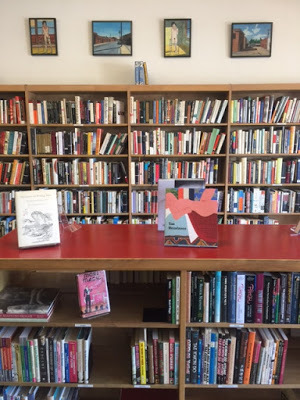
The fiction section is full of great titles, and the only missing is crappy books by third-rate authors. One can close their eyes, and just reach out for a book out of the fiction bookshelf, and surely it will be a classic of some sort. So bookshelves themselves are not packed and full, but the titles that are here are truly 20th-century masterpieces. Foreign literature translated into English - mostly (when I’m there) from the French and German. And where else can one find “Oil” and “Jungle” by Upton Sinclair? What I have noticed is that the store carries a lot of titles from specific authors. For instance, they pretty much have all the early books by Paul Auster. Now, one would think that is not so unusual, but do go to a new bookstore, and see what they have under Auster’s name. The same for Brett Easton Ellis - maybe they will have one title, but Alias Books East has at least 3 to 4 titles under that author. Also, writers like Fitzgerald and Hemingway are well represented as well as the cult authors, such as my beloved Boris Vian.
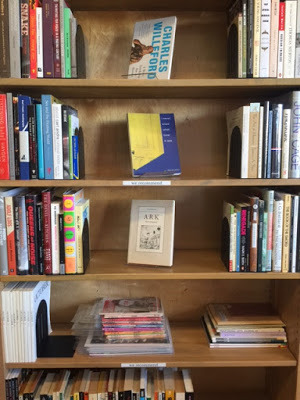
Without a doubt, their poetry selection is superb. A good place to locate the New York School of poetry - and all of its off-shoots. If you hit the section at the right moment, you can also find French 19th-century poets, which I think is the basis for a lot of the New York poets, more so than say the Beats. One can tell the aesthetic of a book shop by their poetry selection. A lot of stores don’t have the foggiest idea what to do in that category. You can tell that either the bookseller, buyer or owner have no clue what or is poetry. If it is just big names, it’s like they don’t want to take chances. Alias Books East has a very strong presence in their poetry section. I can tell that they read these poets, because even though some are obscure, their obvious importance is very prominent. You can feel it just by walking within their poetry section’s space.
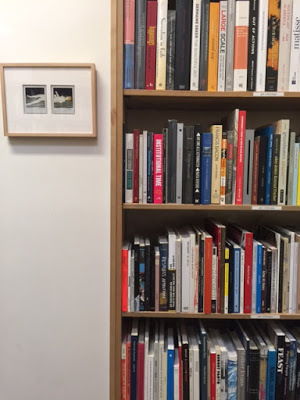
Their backroom consists of art, graphic art, photography, and cinema. I only call it the backroom because it is a separate room from the entrance part of the store. In this space is a long bench that is perfect to look at oversized photo and art monographs. At this time, I have a deep interest in FLUXUS related artists, and when I visited the store, they had a handful of obscure and hard-to-find titles in that specific art movement. Also plenty of catalogs on artists that I didn’t even know existed. A catalog from a gallery or museum often goes missing with respect to their distribution. So to come upon a favorite artist, and they happen to have a magnificent catalog, is a major plus in a bookstore like Alias Books East. The element of surprise is a big part of this store.
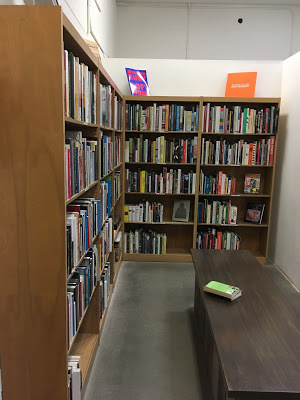
The first section I look at in the store is the recommendation bookshelves, which is on your right when you enter the premise. Patrick, the owner, I feel has a copy of my DNA with respect to books that I’m interested in. A lot of times, the books displayed here in this section, I already have. Still, I have this burning passion in purchasing another copy. However, foolish that may be. The other great section is the books displayed behind the counter. I often talk to the staff here, and even though my ears are on them, my eyes are checking out each title behind them. Incredible first-editions, also here are books that I hadn’t the foggiest idea that they existed. For one, I found this fascinating book by Georges Simenon called “When I Was Old.” It’s a journal, he kept up from the age of 57 to early 60s. Written in the 1960s as well. A bookstore should be able to follow a thought or the dots, which acts like footsteps from one person to another. If you are in a large library (like the Los Angeles Central Library in downtown) that is easily done. But in a bookstore, it can be a rare occurrence. Not the case at Alias Books East. Reading here and there, I was surprised to know that Simenon was a good friend of Henry Miller, as well as Charlie Chaplin. All three had dinner together, which for some reason, really surprised me. Another pal of Simenon is Blaise Cendrars. You can find books on or about Chaplin in the store, as well as titles by Miller and Cendrars.
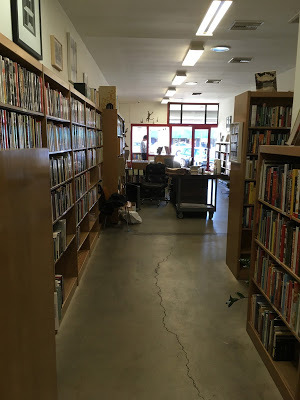
I often go here to free up my mind during a writing session. The store is walking distance, and once I enter, I just let my mood take me to a specific section of the bookstore. Lately, I have been very much interested in 20th-century classical music - more of the experimental side, than say just straight orchestration. A god in that field is Edgard Varèse. Alias Book East has a very expensive, but ‘must-have’ copy of a book put together by the Paul Sacher Foundation. This hardcover catalog covers Varèse’s entire career as a composer, in exact detail. Beautifully illustrated, this is the final word on this composer and his work. I never knew that this ever existed in any form, yet, here it is at the store.

A bookstore serves very specific purposes. Not all can be the same. Nor can everyone be happy with respect to their interests. On the other hand, if one is interested in 20th century aesthetic as well as all the by-products of that century - including music (equally matched with rock/pop with jazz and classical), philosophy, political science, cooking, drama, and literary theory - as well what I mentioned above - this store will serve your purpose perfectly.
Alias Books East
3163 Glendale Blvd.
Los Angeles, CA 90039
Hours: Mon-Thurs: 11-8pm, Fri-Sat: 11-9pm, Sun: 10 -7pm
Tel: 323-661-9000
E-mail: aliasbookseast@gmail.com
Facebook: https://www.facebook.com/Alias-Books-East-112077312164726/
Instragram: https://www.instagram.com/aliasbookseast/
- Tosh Berman December 25/26, 2016
Published on December 28, 2016 09:42
December 27, 2016
"When I Was Old: Simenon on Simenon" by Georges Simenon
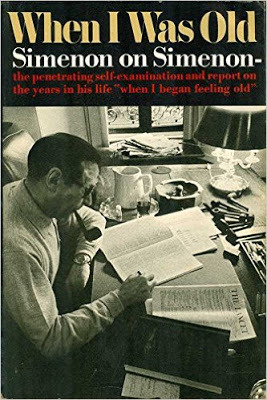
I'm a fan of the writer's journal. Basically, nothing really happens in a writer's life, except what's in his or hers head. Georges Simenon is no different. This journal takes place in the early 1960s -in fact, it ends in spring 1963. Simenon is in his late 50s and often his journal writing deals with aging and his life with the family. What's interesting about him is one, he's close friends with Charlie Chaplin and Henry Miller (all three lunch or have dinner together) and also a friend of Gide and Blaise Cendrars.
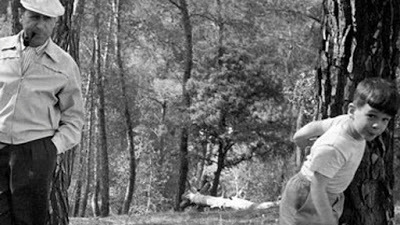
As a writer myself, I'm totally fascinated with a writer's writing schedule. Simenon wrote hundred of novels in his lifetime and at the time of writing "When I Was Old," he was contracted to write six novels a year. How can one possibly do something like that? Also, he had a full family life. A wife, young children, and then occasionally having sex with four women in one night. Which doesn't seem to be that much of a big deal for this busy writer. Still, he suffers from depression, has strong doubts and thoughts about his daily take of alcohol. Very much the normal Joe, except he can write six novels a year, and most, are pretty good books.
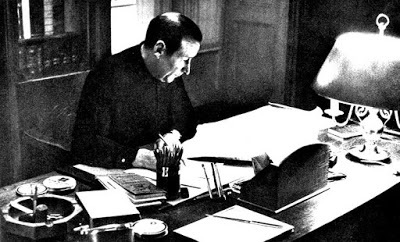
Early this year I read John Cheever's journal, which is very similar to Simenon's book. Both are into self-examing their purpose in life and their art. And real life enters the picture with respect to drinking, love, and family. And both were successful writers at the time of their common journals. I recommend this book to anyone who is writing or having trouble sitting down and getting the work done. Simenon was a very disciplined writer and had his life organized pretty well. Which makes him sound dull, but believe me, he's not a dull man whatsoever.
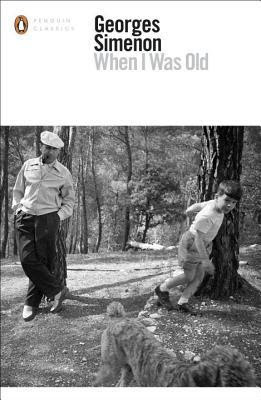
Published on December 27, 2016 12:12
December 17, 2016
Books I read in 2006 That I Love by Tosh Berman
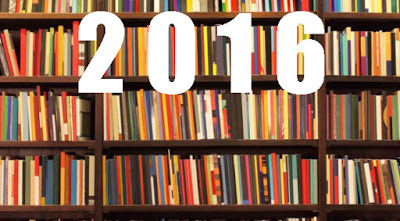
Not all the titles are new or were published in the year 2016. But they are books that I read through January 1 to December 17, 2016. I read something like 70 titles. Some are fiction, some are non-fiction, and some are essays on art. Nevertheless, these books made an impression on me. It has been a horror show of a year for so many people. And I think that as a background made an impression on me as well. For those who want to read about these books, you can find my name at Good reads, where I wrote commentary on them. Also check this blog as well. And in no special order, here they are:
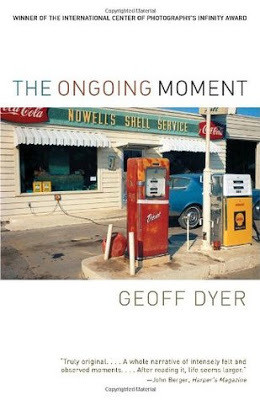
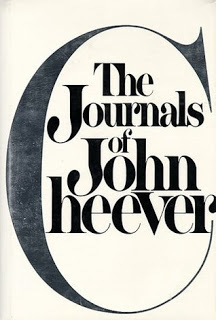
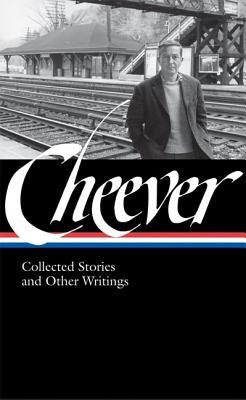
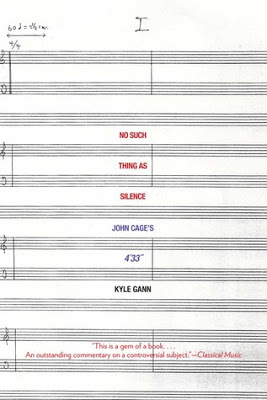
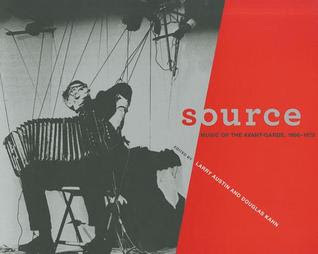
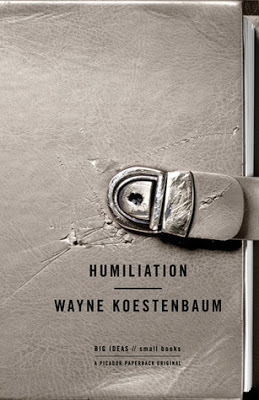
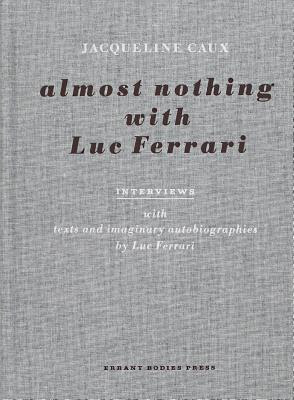
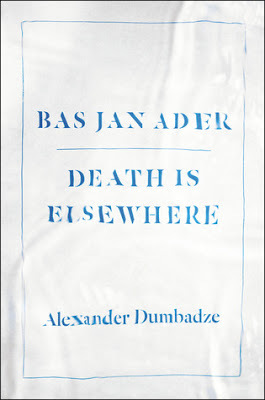
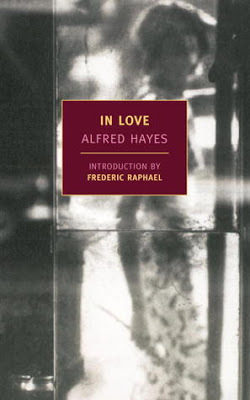
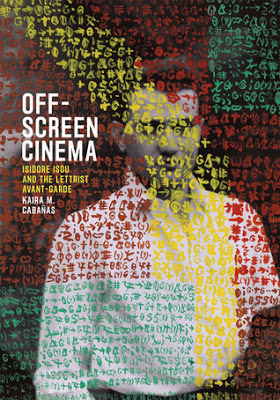
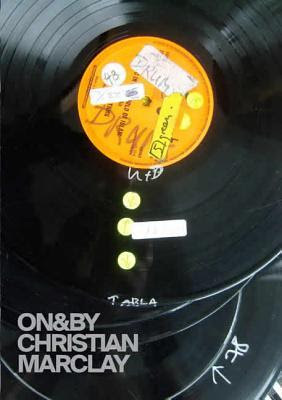
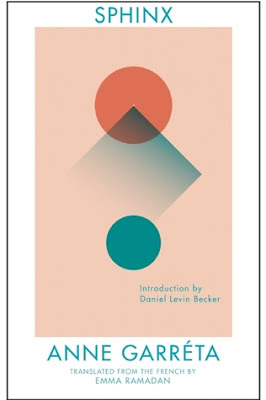
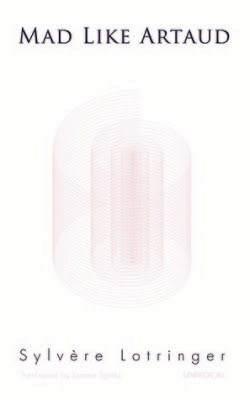
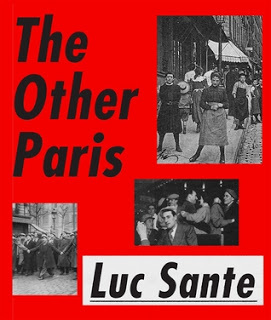

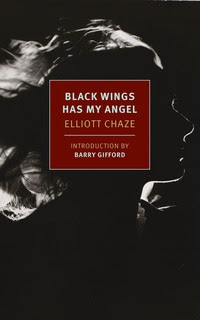
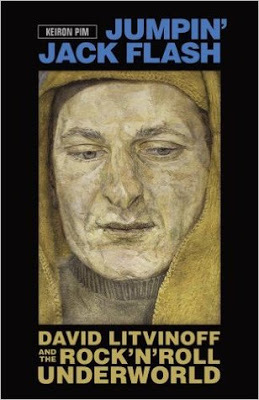
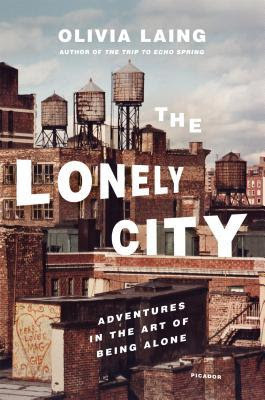
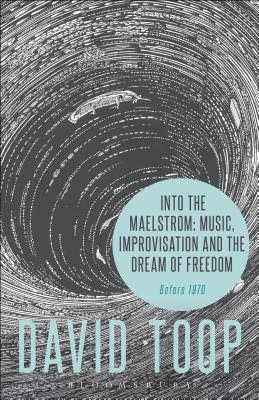
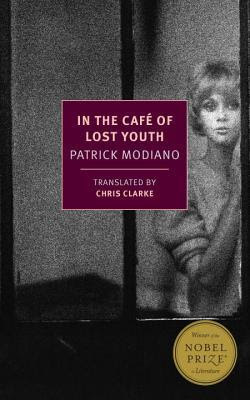
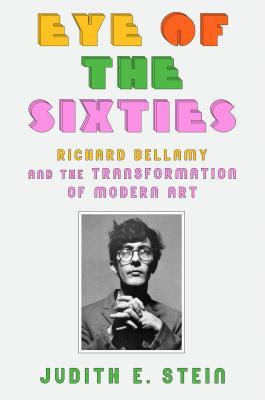
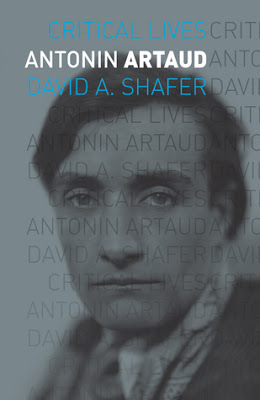
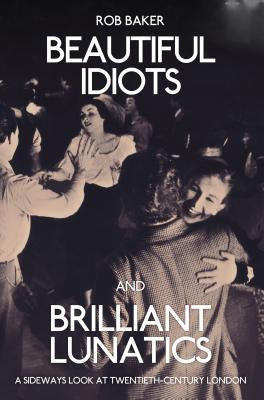
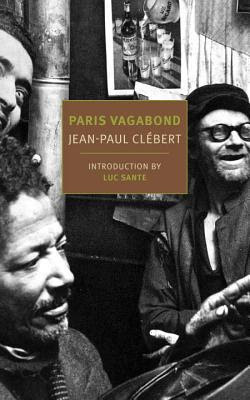
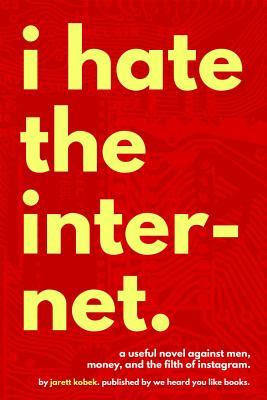

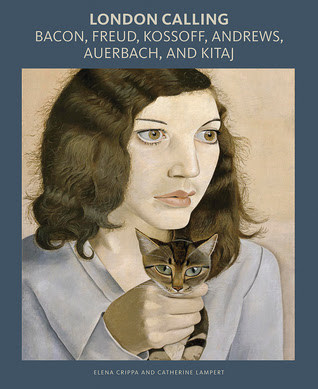
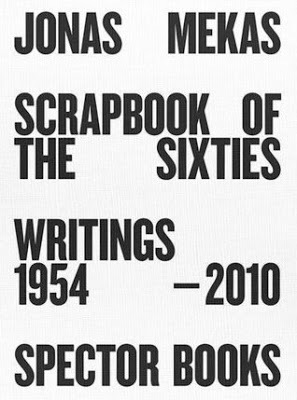
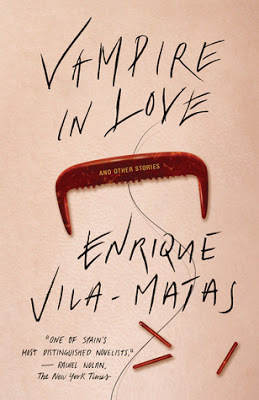
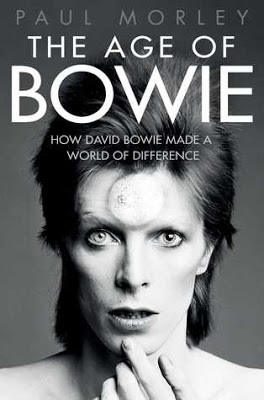
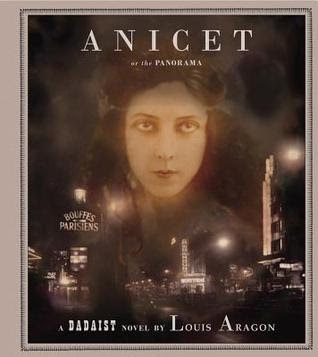
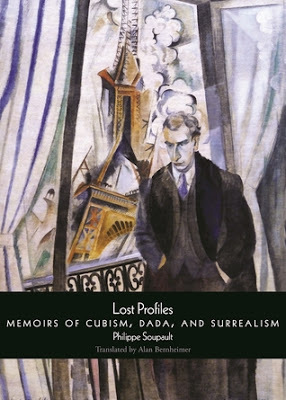
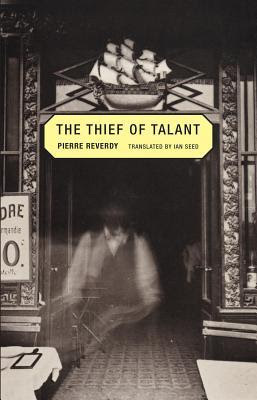
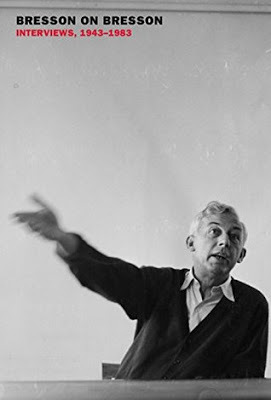
Published on December 17, 2016 09:42
December 15, 2016
"Into The Maelstrom: Music, Improvisation and the Dream of Freedom" by David Toop
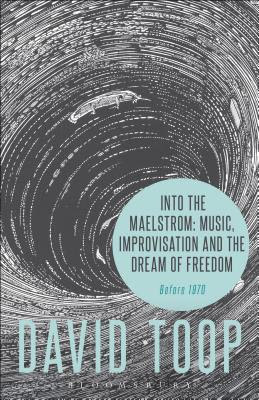 ISBN: 978-1-5013-1451-3 BloomsburyDavid Toop, for me, is the ideal artist who also writes profound and inspiring books on music culture and its history. To read any of his books is like having the greatest driver take you to unannounced routes through cultural history. "Into the Maelstrom..." is a book that addresses the nature of musicians and composers dealing with the issue of improvisation. The range of artists that are written about in this book is absolutely amazing. The beautiful thing is Toop was also in the height of the scene during the 1960s - so his views are both personal as well as a history of music being made and recorded throughout the 20th century. Technically "Into the Maelstrom" deals with improvised music made before 1970 - but reading this, I don't feel the book is contained by an era or a set of years. It's more about the spirit of making such music, and what it means to its audience/listeners as well as the musicians themselves. Also one gathers the limits/issues/and politics of making improvised music. It's not only music, but it is also how humans interact with others, and making art out of chaos.
ISBN: 978-1-5013-1451-3 BloomsburyDavid Toop, for me, is the ideal artist who also writes profound and inspiring books on music culture and its history. To read any of his books is like having the greatest driver take you to unannounced routes through cultural history. "Into the Maelstrom..." is a book that addresses the nature of musicians and composers dealing with the issue of improvisation. The range of artists that are written about in this book is absolutely amazing. The beautiful thing is Toop was also in the height of the scene during the 1960s - so his views are both personal as well as a history of music being made and recorded throughout the 20th century. Technically "Into the Maelstrom" deals with improvised music made before 1970 - but reading this, I don't feel the book is contained by an era or a set of years. It's more about the spirit of making such music, and what it means to its audience/listeners as well as the musicians themselves. Also one gathers the limits/issues/and politics of making improvised music. It's not only music, but it is also how humans interact with others, and making art out of chaos. 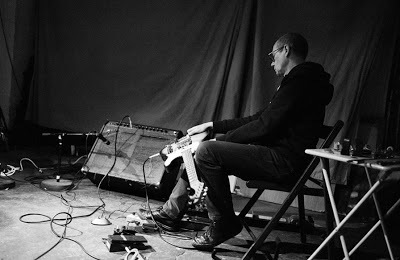 David Toop
David ToopToop has an encyclopedic knowledge of literature and music. What makes him a great writer is that he is able to use those tools to tell a remarkable narrative, but also smart (and entertaining) writer in that he can bounce off one idea from another. Here in astonishing detail you get the band Cream to Nuova Consonanza (Morricone is/was in this group) to Ornette Coleman and beyond. Also a focus on Fluxus music making as well as various visual artists/musicians from Europe/Japan. There are so many obscure artists mentioned, but the great thing there is also a fantastic discography in the back of the book for future investigations. Perfect book.
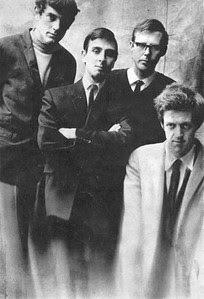 AMM
AMM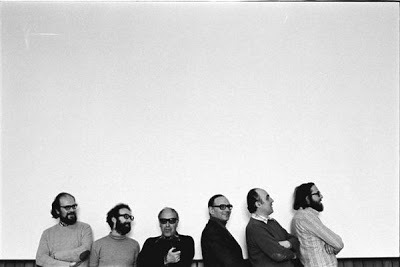 Nuova Consonanza (Morricone)
Nuova Consonanza (Morricone)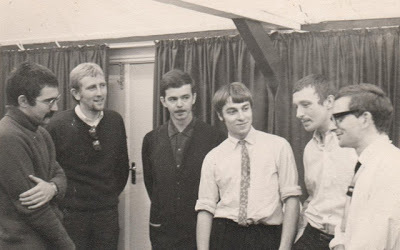 Spontaneous Music EnsembleS
Spontaneous Music EnsembleS
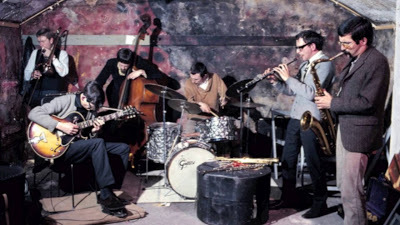 Spontaneous Music Ensemble
Spontaneous Music Ensemble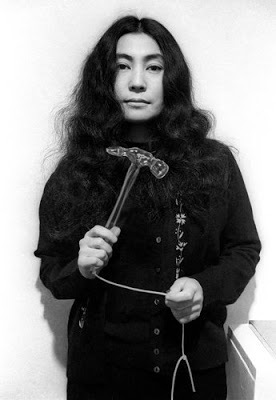 Yoko Ono
Yoko Ono
Published on December 15, 2016 10:22
December 12, 2016
"Futurist Painting Sculpture (Plastic Dynamism)" by Umberto Boccioni
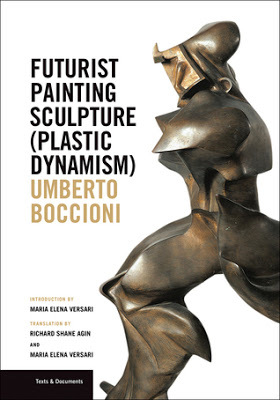 ISBN: 978-1-60606-475-7 Getty PublicationsOddly enough, I feel nostalgic for the Futurists. Which is as a movement in the very early 20th century. One should not have those feelings. As far as I know, these Italian poets/artists were the first militant arts movement in Europe. Perhaps the little brother to the Cubists, but with a bigger mouth. Along with F.T. Marinetti, who was actually the main figurehead in the Italian Futurist movement, there was also Umberto Boccioni, who wrote about the Futurist aesthetic, as well as making sculptures, wrote a collection of essays in 1914, "Futurist Painting Sculpture (Plastic Dynamism)" that along with Marinetti's writings, are very much the ground zero for Futurist thought and action.
ISBN: 978-1-60606-475-7 Getty PublicationsOddly enough, I feel nostalgic for the Futurists. Which is as a movement in the very early 20th century. One should not have those feelings. As far as I know, these Italian poets/artists were the first militant arts movement in Europe. Perhaps the little brother to the Cubists, but with a bigger mouth. Along with F.T. Marinetti, who was actually the main figurehead in the Italian Futurist movement, there was also Umberto Boccioni, who wrote about the Futurist aesthetic, as well as making sculptures, wrote a collection of essays in 1914, "Futurist Painting Sculpture (Plastic Dynamism)" that along with Marinetti's writings, are very much the ground zero for Futurist thought and action. 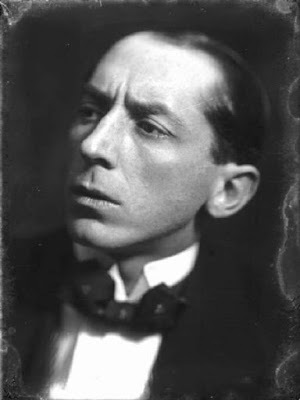
While Cubism is very much about how one looks at the world, the Futurists were focused on the motion, speed, and their passion to destroy the past, so that the young artist can live and work in a dynamic (Italian) culture. To do so, they must eliminate images of the nude, feminism, portraits of flowers, and statues made of stone and bronze. They prefer the plastic material which they see as something totally new and therefore, beautiful. The interesting thing about The Futurists is that they had strong feelings about the nature of being Italian, as well as a need to shock the masses to embrace the new that's the 20th century. Of course, this leads to Fascism in their country -if not directly, then spiritually. A lot of the art movements of the time is basically about the eye confronts an object in front of them. Impressionists, Cubists and so forth were more in tuned to the nature of how one sees the landscape in front of them. Futurists literally wanted to transform that landscape into a physical presence. To pour cement over Venice was one of their aesthetic goals, which I'm sure would warm the heart of a real estate mogul.
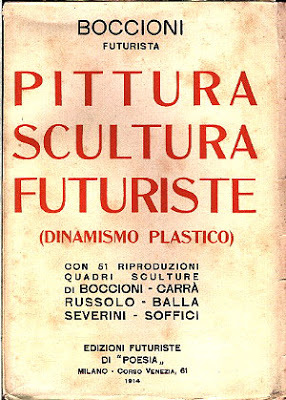
Still, and especially when I was young, I was intrigued by the Futurists, just due to the fact that I liked Marinetti's narratives and the stylistic poetic skills he brought to the paper. They believed as men around 30, that by the time of 40, you're out of business in the art/writing world. They worshiped the idea of youth doing art and making a society that benefits the beauty of the race car and everything that science can bring to that table - including war, which is nothing more than a cleansing of the world. In a style, it reminds me of more of the militant aspects of the punk movement of the 1970s. The ground zero is approached to make a new culture. This, appeals to a man in his late teens to early 20s, but alas, as I got older, I went back to Cubist thought. On the other hand, we can't forget the shock of the new, and the need to flush out the old, to make space for a new idea. Ironically sometimes the new idea is not that hot.
"Futurist Painting Sculpture" is a fascinating book on many levels. Beautifully designed by the Getty Publications (would the Futurists appreciate being part of an institution like the Getty?) and wonderfully edited by Richard Shane Agin and Maria Elena Versari, this is an important document to have in one's collection. Also one gets a lengthy introduction by Versari (almost 50 pages long) that is informative and places the Futurists in the context of the early century. The book also includes manifestos written by various members of the Futurists as well. Boccioni, like Marinetti, wrote to shock, and of course reading it now in 2016, it doesn't have that freshness. But if one can imagine themselves back in time, and being introduced to something visually and aesthetically jarring - well, it would be very interesting.
Published on December 12, 2016 12:56
December 11, 2016
"Bresson on Bresson: Interviews 1943-1983" by Robert Bresson (New York Review of Books)
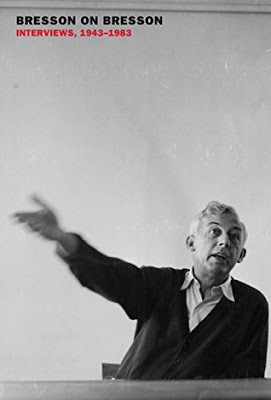 ISBN: 978-1-68137-044-6 nyrb
ISBN: 978-1-68137-044-6 nyrbOnce you see a film by Robert Bresson, you will never forget it. It seems nothing is happening, but the truth is everything is happening. The emotions are usually muted, and the actions of the models (not actors, will get to that later) are choreographed to a certain degree. My first Bresson film was “Pickpocket, ” a story about a pickpocket artist who works his way in various train stations and public places, including buses/subways. It’s nerve wracking watching close up of hands doing their magic, by appearing in stranger’s pockets, or in a woman’s bag or purse. The film goes on a relaxing pace, but the intensity is severe. It’s a strange mixture, where scenes are slowed down, to heighten the emotion of that scene. Bresson didn’t make that many films in his long life, but each one is a remarkable work.
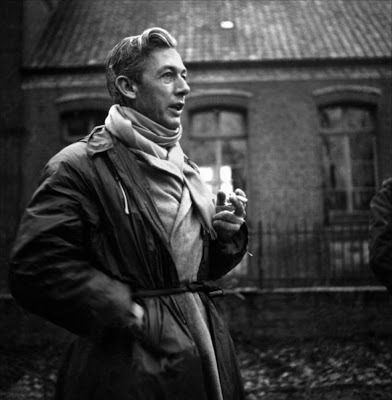
“Bresson on Bresson: Interviews 1943-1983, chapter-by-chapter, cover each of his 13 films. This is not something like the Hitchcock/Truffeult book, where each film is exposed by the second. No, this basically a series of interviews with Bresson and his methods in working. What’s unusual about him is that Bresson mostly used amateur actors in his productions. He didn’t like actors, at least in his films. A big concern for him is that cinematography (his term for the cinema) is a separate art from the theater - and he felt that the theater had too much of a presence in the cinema. He comments that a painting (he was a painter) on a canvas is totally different from seeing a photograph of that painting - and therefore the acting profession comes from the theater - and that is not the right procedure for the cinema. In his opinion most films are a reflection of the theater arts - and he feels that film is an art by itself. An even greater art than theater. It’s an interesting argument or position. It is also what makes his films so unique to this very day.
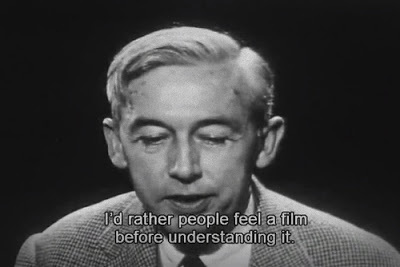
Bresson had a very rigid point of view with respect to art making - and the specifics of making cinema. He preferred to use the term ‘model’ instead of actor - and he didn’t want anything theatrical coming of the model’s mouth or their gestures. Also the same with the theory of not changing the lens on the movie camera, because in his thinking, people don’t change their glasses on a consistent basis. So there must be a consistency of some sort. Still, Bresson's films are overwhelming with feeling. “Bresson on Bresson” is a classic book and anyone who even has the slightest interest in being a filmmaker or even artist - must read and learn. An excellent companion piece to his book of writings “Notes on the Cinematograph. ”
Published on December 11, 2016 15:45
December 6, 2016
Beatles/Stones/Kinks/Animals & more! -- Live Full Concert 1965
et list:
0:00:38 -- Hey Bo Diddley -- Moody Blues
0:05:56 -- Go Now -- Moody Blues
0:09:30 -- Pretty One -- Freddie & the Dreamers
0:11:45 -- A Little You -- Freddie and the Dreamers
0:13:59 -- Walking the Dog -- Georgie Fame
0:16:32 -- I’ll Never Find Another You -- The Seekers
0:18:36 -- A World of Our Own -- The Seekers
0:21:16 -- Wonderful World -- Herman’s Hermits
0:23:03 -- Mrs. Brown -- Herman’s Hermits
0:25:51 -- Funny How Love Can Be -- The Ivy League
0:27:51 -- Time for You -- Sounds Incorporated
0:29:58 -- The Game of Love -- Wayne Fontana
0:32:24 -- Just a Little Bit Too Late -- Wayne Fontana
0:34:51 -- Everybody Needs Somebody -- Stones
0:35:29 -- Pain in My Heart -- Rolling Stones
0:37:32 -- Around and Around -- Rolling Stones
0:39:56 -- The Last Time -- Rolling Stones
0:42:58 -- Zip-a-Dee-Doo-Dah -- Cilla Black
0:45:12 -- You’re Gonna Need Somebody -- Donovan
0:49:23 -- Catch the Wind -- Donovan
0:51:49 -- Here Comes the Night -- Them
0:54:34 -- Turn on Your Love Light -- Them
1:00:48 -- Let the Good Times Roll -- Searchers
1:02:38 -- Mockingbird -- Dusty Springfield
1:05:04 -- Boom Boom -- Animals
1:09:09 -- Don’t Let Me Be Misunderstood -- Animals
1:11:34 -- Talkin’ ‘Bout You” / ”Shout -- Animals
1:16:22 -- I Feel Fine -- Beatles
1:19:24 -- She’s a Woman -- Beatles
1:22:14 -- Baby’s in Black -- Beatles
1:24:32 -- Ticket to Ride -- Beatles
1:27:46 -- Long Tall Sally -- Beatles
1:29:49 -- You Really Got Me -- Kinks
1:32:02 -- Tired of Waiting for You -- Kinks
Published on December 06, 2016 14:59
The Beatles - Decca Audition, January 1 1962
The Fab 3 plus Pete Best, who is actually great here. In fact, the whole session is pretty fantastic. Besides the drumming (reminds me of The Cramps), the vocals are superb. Full of drama and intensity. Why Decca turned them down is a total mystery. Maybe their manner in the studio? It has the Cliff Richard/Billy Fury era sound, but more primitive. And Elvis.
Published on December 06, 2016 14:50
December 5, 2016
"Notes on Glaze: 18 Photographic Investigations" by Wayne Koestenbaum
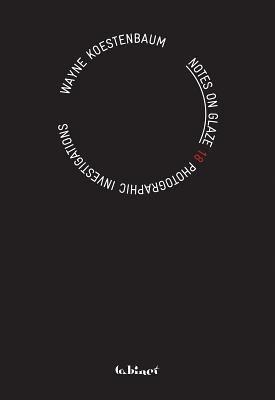 ISBN: 978-1-932698-58-9 Cabinet Books
ISBN: 978-1-932698-58-9 Cabinet Books"Notes on Glaze: 18 Photographic Investigations" by Wayne Koestenbaum
I'm a fan of Wayne Kostenbaum's writing - especially when it is something like "Notes on Glaze." The very interesting journal and publisher, Cabinet Books, had Koestenbaum do a regular column where they send him anonymous photographs and in turn, he would comment on them, or more in detail, he uses the series of images as a foundation to reflect ideas, culture, and a bit of memoir writing as well. Not knowing their source or who took these photos, gives Koestenbaum the license to write short essays/commentaries on each image, and in a fashion, the photographs serve as an entrance way into the author's mind.
While reading this book, I felt compelled to do my own version of "Notes on Glaze," using the same images. Mine would be totally different from Koestenbaum, which strikes me as something profound. What we are getting is not information about these 'abandoned' photos, but the process and results of Koestenbaum's thinking pattern and he develops these ideas to make commentary or narratives out of them. So in a way, "Notes on Glaze" is a writer's notebook. I think anyone who writes, would benefit from this book. Not genius like, for instance Joe Barnaird's "I Remember," but still an important process and tool. So along the lines of Brainard and Raymond Queneau's "Exercise in Style", this is very much a remarkable book.
Published on December 05, 2016 11:18
December 3, 2016
"Almost Nothing With Luc Ferrari by Jacqueline Caux & Luc Ferrari (Errant Bodies Press)
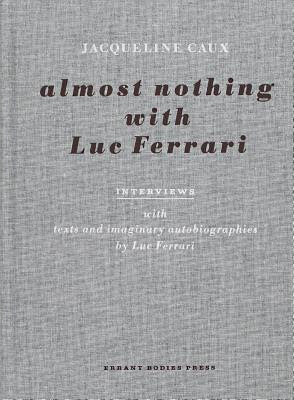 ISBN: 978-0-9827439-1-1 Errant Bodies Press
ISBN: 978-0-9827439-1-1 Errant Bodies Press"Almost Nothing with Luc Ferrari: Interviews" by Jacqueline Caux, with Texts and Imaginary Autobiographies by Luc Ferrari (Errant Bodies Press)
For the past 12 or so months, I have been obsessing over Musique Concrete, which is basically music made out of everyday but processed electronically or through tape manipulations. For reasons that are not totally clear to me, France seems to ground zero for these composers who work in that medium. One of the greats is Luc Ferrari. He's not the first, but I think, with respect to what I have heard so far, Ferrari's work is pretty great.
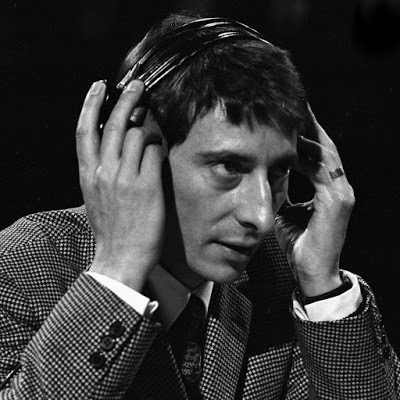
Errant Bodies Press, which is a publishing house that focuses on experimental composers as well as the issues of sound/art published a magnificent book on Ferrari and his theories/thoughts on composing and the world of the avant-garde music making. Basically the book is a series of Q&A interviews with Ferrari, as well as his weird and great autobiographies segments as well as detailed descriptions of some of his compositions. It's a beautifully designed hardcover book, and anyone who has just even the slightest interest in the world of composing, surely needs to read this book.
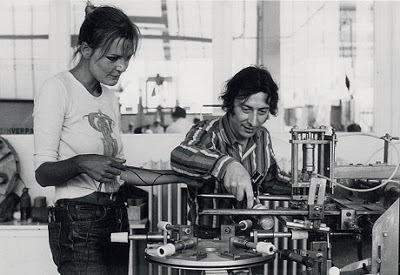
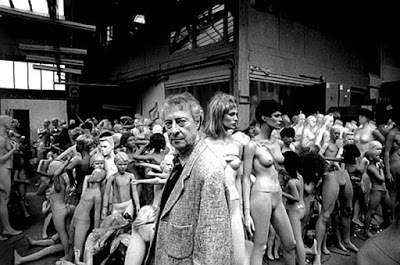
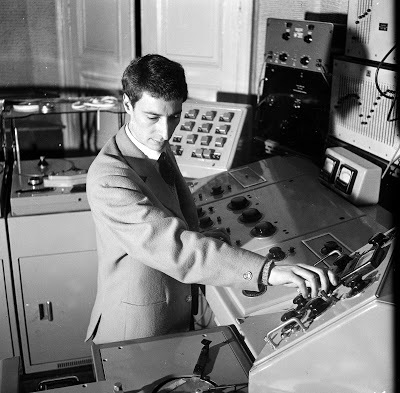
Published on December 03, 2016 10:33



